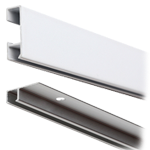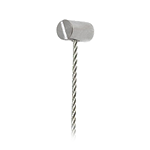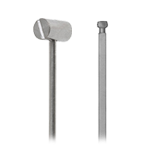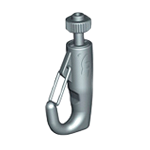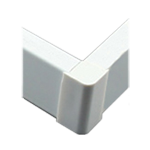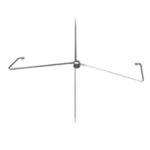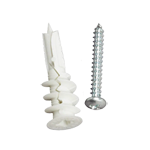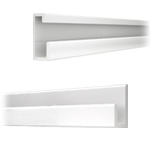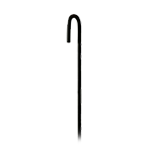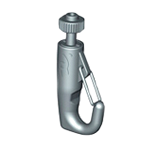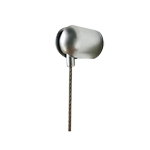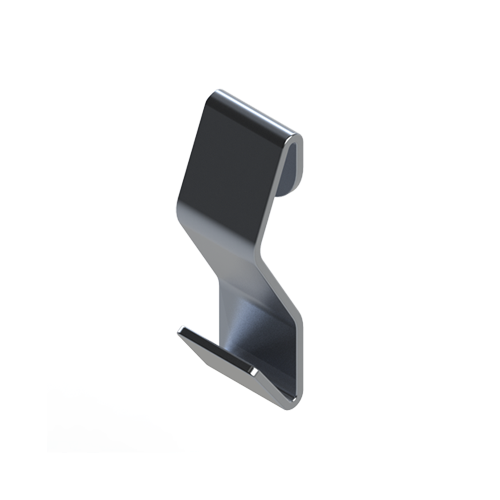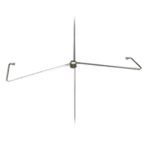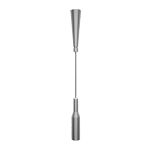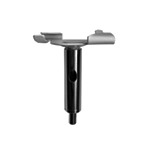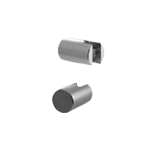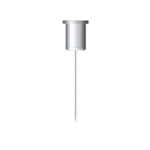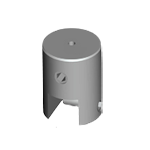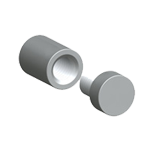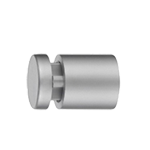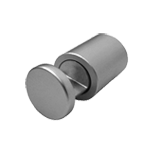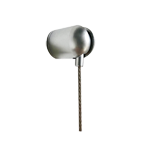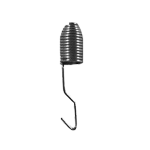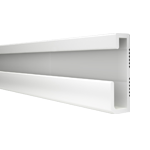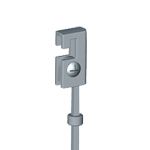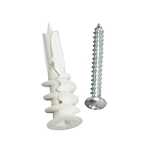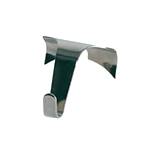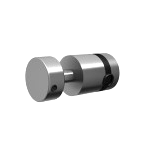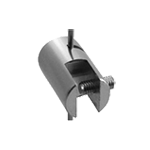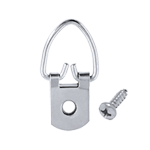What If You Just Want One Perfectly Straight, Evenly Spaced Column?
When you're creating a minimalist display, every detail matters. There's no covering up mistakes or adding extra touches for a homey, cluttered look. There are two potential solutions and, like with every project when something might go wrong, using both gets you the best results.
Create a pattern and tape it to your wall.
This is an art display version of measuring twice and cutting (or poking holes) once. Cut out newspaper shapes with the same dimensions as your picture frames and rearrange them on the wall until you're satisfied. The important part of this technique is that you have to measure the picture frames. Don't measure just your pictures or use the dimensions printed on the frames wrapping. Measure it yourself so you can plan the gaps and columns precisely. Not only does that prevent mistakes when you're installing the final version, you can really examine the display before it's permanent and decide if you like it.
Use hanging cables instead of separate frames.
Picture frames are notoriously bad at hiding imperfections. If it's the slightest bit ajar, that angle will always catch your eye. If one frame sticks slightly to the left of the others, you'll always notice it. Both wide and narrow frames will let you know if something's not aligned. And frames that use two supports instead of a central hook and wire band (which are a type of frame that always seem to tilt) are hard to readjust.
So get a cable system instead. Not only do vertical cables provide a straight guide so the artwork is always hanging straight relative to each other, it's easy to correct and straighten permanently during installation. Because the cable system stays in place you also don't have to worry about patching holes and making new ones each time you want to hang new and differently sized pictures.
If you want to just install a straight column once and hang different displays for years, go to Systematic Art to get started.

